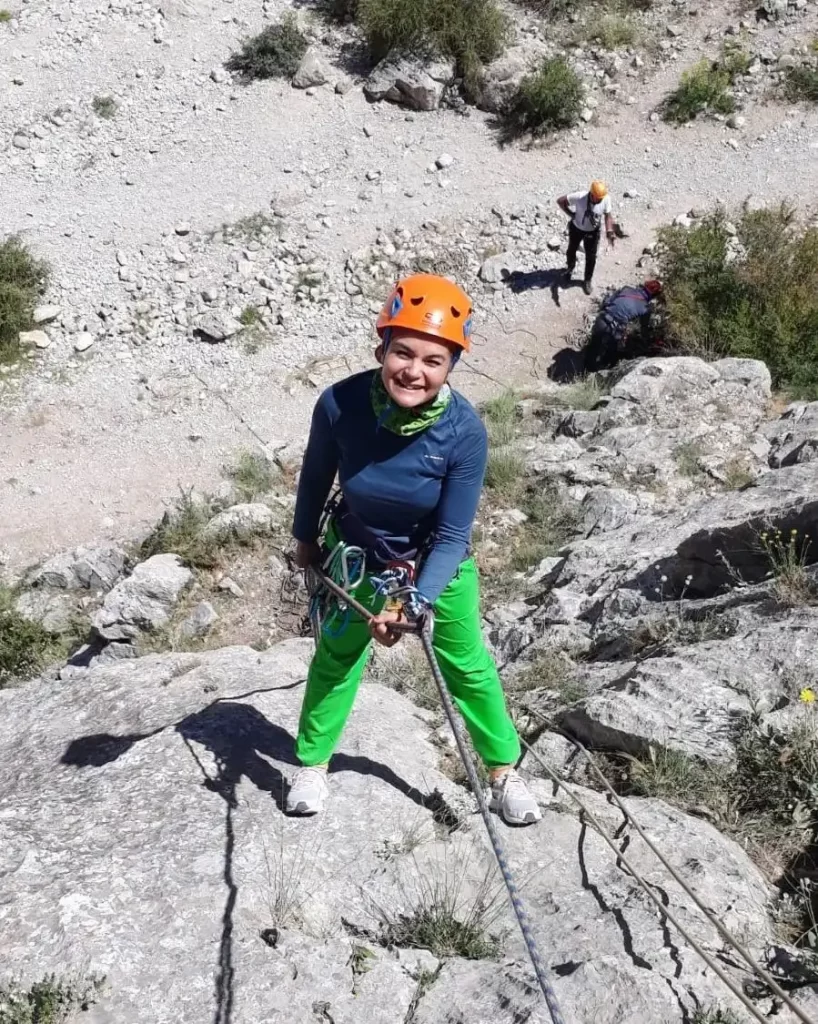Mountaineering and Climbing Harness: Essential Gear for Safe Ascent
When it comes to mountaineering or rock climbing, the right gear can make all the difference. Among the most important pieces of equipment for climbers are harnesses. A climbing harness is a specialized piece of gear that connects climbers to ropes, allowing them to safely ascend and descend steep terrain. In this article, we’ll take a closer look at climbing harnesses and the factors to consider when selecting the right one for your needs.
Why Climbing Harnesses are Important
Climbing harnesses are crucial for distributing the climber’s weight across their body. This even distribution of weight helps reduce discomfort and fatigue, allowing climbers to hang in a harness for extended periods. Additionally, the harness serves as a safety device, connecting the climber to the rope and anchor points in case of falls.
Factors to Consider
When choosing a climbing harness, there are several factors to consider. First and foremost is fit. A proper fitting harness should be snug but not constricting, and it should be adjustable to accommodate layers of clothing. Comfort is also key, as climbers will likely be wearing the harness for extended periods. Look for harnesses with padding on the waist belt and leg loops to reduce pressure points and increase comfort during long climbs.
Another important factor is strength and durability. Harnesses should be made of durable materials and reinforced with stitching to ensure they can withstand the forces of a fall. It’s also worth noting that different types of climbing may require different harnesses. Sport climbing harnesses, traditional climbing harnesses, and alpine climbing harnesses are all designed with specific needs in mind. Also mountaineering and rock Climbing harness must comply with UIAA standards.
Types of Climbing Harnesses
The two main types of climbing harnesses are sit harnesses and full-body harnesses. Sit harnesses consist of a waist belt and leg loops that are connected by a belay loop. They’re the most common type of harness and are ideal for recreational climbers, as well as for rock climbing, ice climbing, and mountaineering. Full-body harnesses, on the other hand, cover the torso and legs, providing more support and protection. They’re often used in industrial applications or for younger or inexperienced climbers.
Additional Features
Climbing harnesses often come with gear loops, which are loops on the harness that allow climbers to carry essential gear such as carabiners, nuts, and quickdraws. These loops are usually located on the waist belt and are essential for carrying equipment during the climb. Some harnesses also feature adjustable leg loops, which allow for a better fit and increased comfort.
Climbing harnesses are essential for any climber, providing support, protection, and safety. When selecting a harness, consider factors such as fit, comfort, strength, and durability, as well as any additional features that may be necessary for your specific type of climbing. With the right harness, you’ll be able to climb with greater safety and comfort, and fully enjoy the exhilaration of mountaineering and rock climbing.

